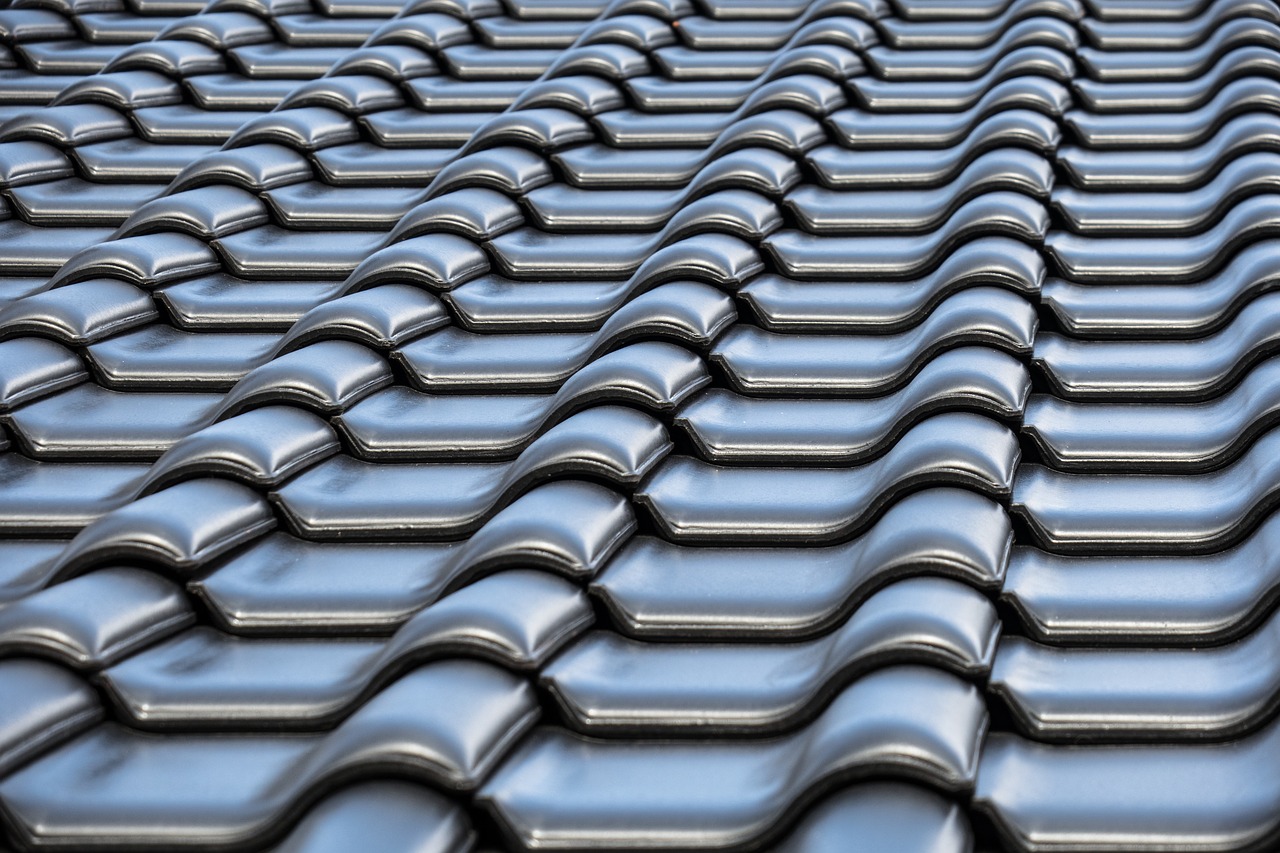
Commercial roofing encompasses a specialized sector dedicated to installing, maintaining, and repairing the roofs of commercial buildings such as offices, retail stores, warehouses, and factories. Unlike residential roofing, commercial roofing typically involves larger scale projects that require robust materials and sophisticated construction techniques to handle the unique demands of commercial structures. These roofs are often flat or have a low slope, necessitating the use of different systems like built-up roofing (BUR), metal roofing, modified bitumen, thermoset (EPDM) roof membrane, and thermoplastic (PVC and TPO) roof membrane. Each system offers distinct advantages in terms of durability, weather resistance, and maintenance requirements. Proper installation and upkeep of a commercial roof are vital as they contribute significantly to a building’s overall structural integrity, energy efficiency, and lifespan, thereby impacting operational costs and business operations profoundly. The choice of roofing materials and the design of the commercial roof system are influenced by various factors including climate, building usage, and budget, making the selection of experienced roofing professionals crucial for ensuring optimal performance and compliance with local building codes.
Commercial Roofing
Commercial roofing, a critical aspect of building infrastructure, requires tailored solutions to ensure the durability and safety of large-scale structures. Unlike residential roofing, commercial roofing systems must accommodate the demands of expansive square footage, varied architectural designs, and the specific needs of businesses or industries housed within these buildings. The materials used in commercial roofing are carefully chosen for durability, energy efficiency, and resistance to environmental stressors. Common materials include single-ply membranes like TPO and EPDM, metal roofing, and modified bitumen systems, each offering unique benefits that can be matched to climate conditions, building structure, and cost considerations.
Installation and maintenance of commercial roofing demand specialized expertise, often involving roofing contractors with vast experience in the field. These professionals not only need a thorough understanding of various roofing systems but also must be adept at working with advanced roofing technologies and safety protocols. Their role includes not only installing and repairing roofs but also offering guidance on materials, design considerations, and compliance with local building codes. This ensures longevity and performance of the roof, along with safeguarding the investment made by building owners.
Sustainability has become a major factor in commercial roofing decisions, with many businesses opting for green or reflective roofing systems to enhance energy efficiency and reduce environmental impact. Cool roofs, which reflect more sunlight and absorb less heat, are particularly popular in regions with high temperatures. Additionally, green roofs featuring vegetation layers are increasingly being implemented for their insulation properties and ability to improve air quality. These sustainable options not only contribute to lower operational costs by reducing heating and cooling requirements but also align with corporate sustainability goals, making commercial roofing not just a structural consideration, but also a strategic one.
In conclusion, commercial roofing is a specialized field that requires a careful balance of material choice, expert installation, and regular maintenance to protect sizable investments in commercial properties. The integration of sustainable practices is reshaping how businesses approach roofing, emphasizing not just functionality and cost, but also environmental responsibility. As technology advances and new materials become available, the commercial roofing industry continues to evolve, offering even more efficient and sustainable options for building owners and contractors worldwide.